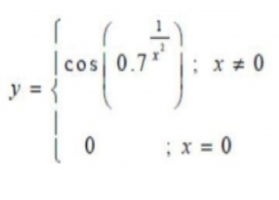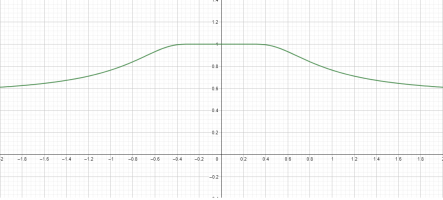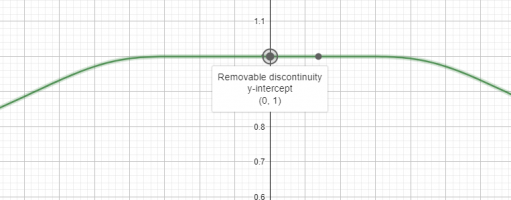pineapplewithmouse
Junior Member
- Joined
- Jun 22, 2021
- Messages
- 52
I have the function y (in the picture)
I need to find what type of discontinuity the function has.
When I draw the graph it seems like this is a jump discontinuity because the graph goes from almost y=1 straight to y=0 and then again to almost y=1.
But when I check the limits to 0+ and 0- there are the same, meaning this is a removable discontinuity.
What is the right one?
I need to find what type of discontinuity the function has.
When I draw the graph it seems like this is a jump discontinuity because the graph goes from almost y=1 straight to y=0 and then again to almost y=1.
But when I check the limits to 0+ and 0- there are the same, meaning this is a removable discontinuity.
What is the right one?






